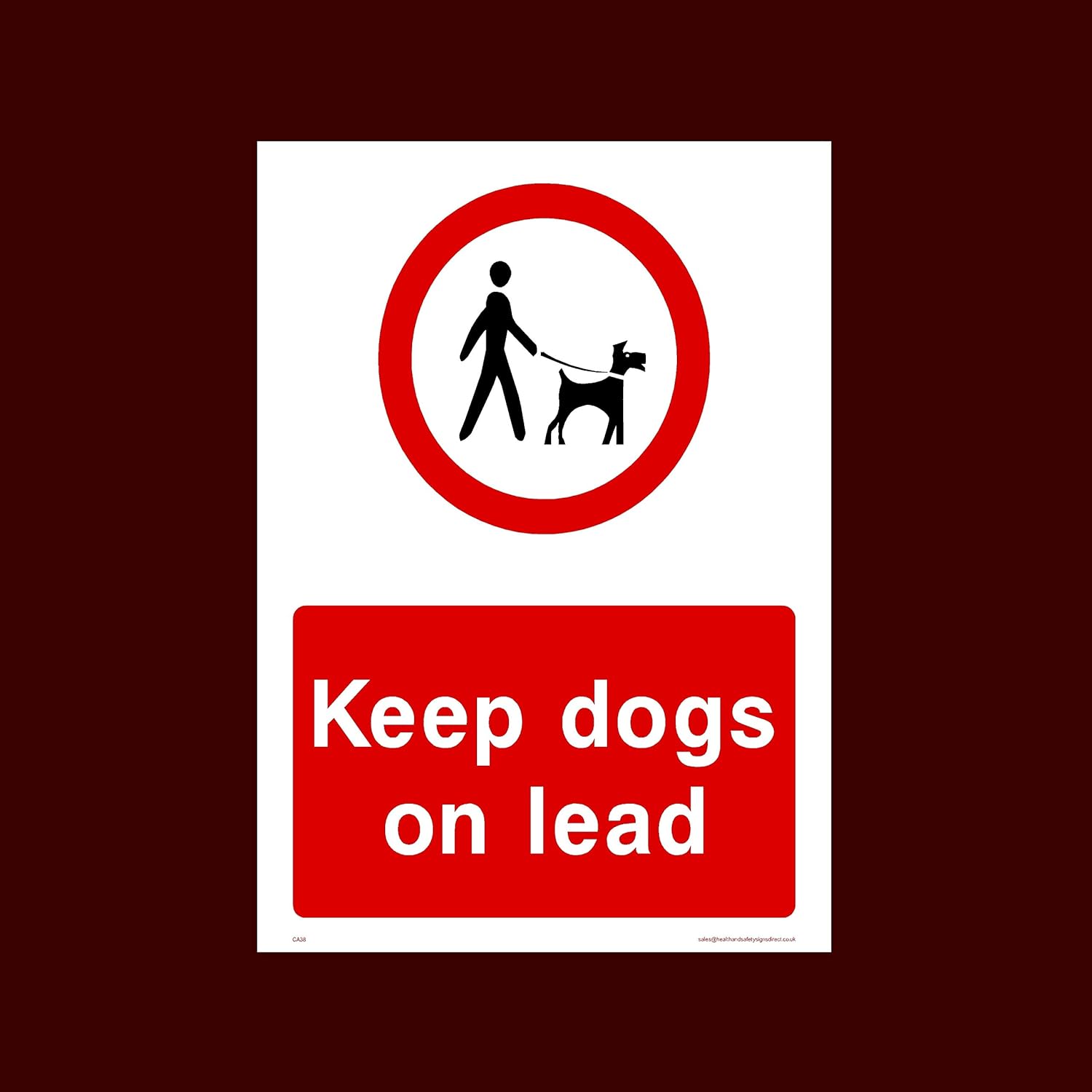
Keep Dogs on Leads Plastic Sign - Warning, Farm, Dogs, Agriculture, Cattle, Sheep, Bull - (CA39)
FREE Shipping
Keep Dogs on Leads Plastic Sign - Warning, Farm, Dogs, Agriculture, Cattle, Sheep, Bull - (CA39)
- Brand: Unbranded

Description
This information applies to safety signs in the workplace, or place where a work activity is being conducted.
The Ramblers has produced some simple advice that walkers can follow to minimise the risk of an accident happening. Signage requirements apply to all workplaces and places where work activity is conducted, but exclude signs used in connection with transport or the supply and marketing of dangerous substances, products and equipment. Safety signs are there to ensure your personal safety and that of others. It is imperative that safety signage is used alongside other methods of reducing risk to employees such as safe working practices, properly maintained machinery, adequate training etc.Don’t hang onto your dog. If you are threatened by cattle – let it go as the cattle will chase the dog.
Be careful with naked flames and cigarettes. Only use BBQs where signs state they are allowed. Always put your BBQ out, make sure the ashes are cold and dispose of them responsibly. Fires can be as devastating to wildlife and habitats as they are to people and property.Don’t put yourself at risk. Find another way round the cattle and rejoin the footpath as soon as possible The Regulations require employers to use a safety sign where there is a significant risk to health and safety that has not been avoided or controlled by the methods required under other relevant law, provided use of a sign can help reduce the risk. Safety signs are not a substitute for those other methods of controlling risks such as engineering controls and safe systems of work.
- Fruugo ID: 258392218-563234582
- EAN: 764486781913
-
Sold by: Fruugo
